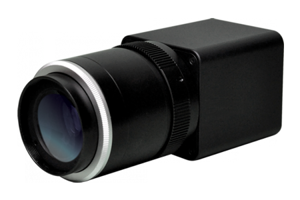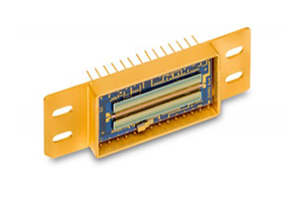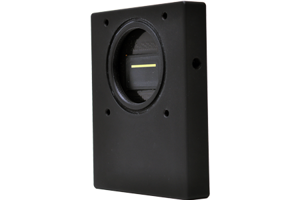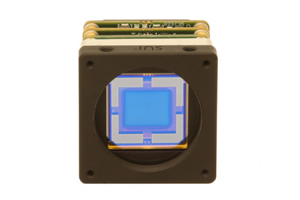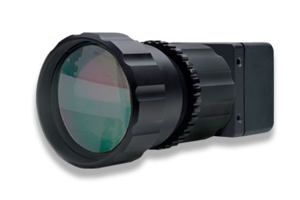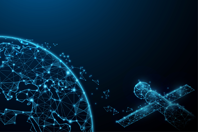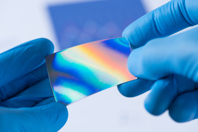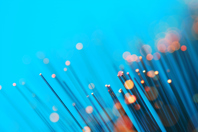AVIATION & AEROSPACE WHITE PAPERS AND CASE STUDIES
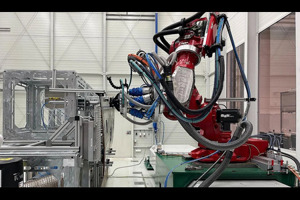
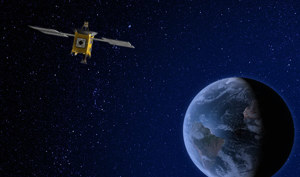
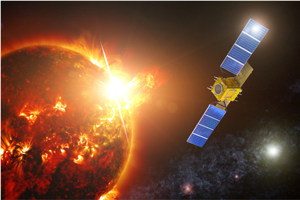


AVIATION & AEROSPACE NEWS
-
Metrology is fundamental to aerospace, utilizing CMMs, laser scanners, vision-based systems, and portable solutions to guarantee precision, safety, and reliability in every mission-critical component from design through assembly.
-
UCSD/UMD researchers found sensitive satellite data unencrypted; optical links offer narrow, secure beams, highlighting photonics’ role in protecting transmissions.
-
High-speed cameras are advancing into new spectral bands, integrating AI, and enhancing sensitivity, but challenges such as data bottlenecks and trade-offs persist.
-
Thin-film coatings – crucial in telecommunications, healthcare diagnostics, consumer electronics, aerospace defense, automotive, and industrial automation – continue to evolve, and their role in enabling high-capacity data transmission and improving device functionality is becoming more prominent.
-
Explore the latest breakthroughs in crystalline optical coatings and graphene-based photonic components, highlighting their mechanisms and transformative applications.
AVIATION & AEROSPACE VIDEOS
-
Discover how Zygo's precision and reliability support mission-critical aerospace and defense applications with ruggedized optical components and market-leading metrology technology.
-
Raptor Photonics' Mark Donaghy takes us inside their corporate headquarters in Larne, Northern Ireland (UK), and discusses the company's products, markets, and manufacturing processes and capabilities.
-
G&H is recognized for the diversity of their acousto-optic, electro-optic, crystal-optic, fiber optic, and precision optic products. G&H's engineers bring decades of experience, working closely with program managers at prime aerospace and defense suppliers.
-
Driven by passion and precision, G&H supplies solutions to life sciences customers worldwide, supported by highly qualified people.
-
Driven by passion and precision, G&H engineering is found at the bottom of our oceans through to orbits in outer space.

